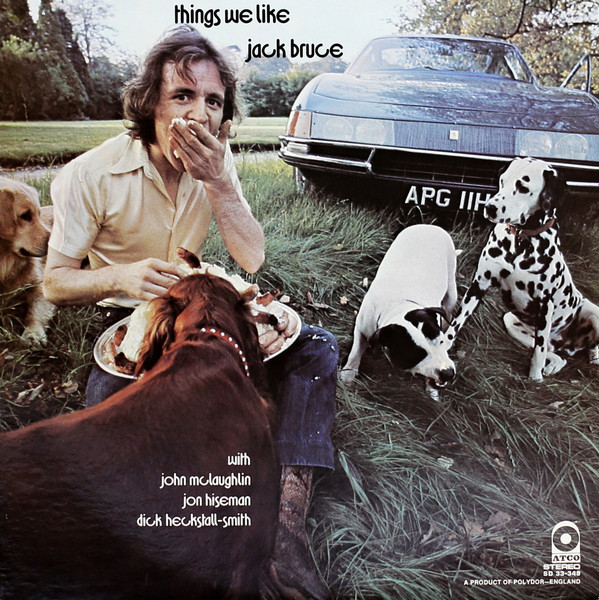The cover of Zoot Allures is misleading, since it depicts Frank and newest drummer Terry Bozzio alongside two guys who aren’t even on the album. The tracks themselves come from a small handful of sources; unfortunately, some incredible music is crammed between (or beneath) some vocals that are truly uncomfortable to endure.
“Wind Up Workin’ In A Gas Station” is a silly song, with that conceptual continuity to make it appear significant. The vocals are split between a falsetto and a “German” accent for added mystery. Luckily, it soon fades for “Black Napkins”, one of Frank’s best solos. It’s only four minutes long, which is too bad, since the next track is more than twice that. From a studious standpoint, “The Torture Never Stops” could be taken as another piece of social commentary, delivered in the up close ‘n personal voice he’d debuted on Over-Nite Sensation, over a slowwwww Bozzio beat and Frank on everything else (guitars, electric piano, bass). As a track it’s mesmerizing, and somewhere out there must be a mix of the song without the prominent female moans (allegedly recorded during a threesome, and used here to blur the line between pleasure and pain). When critics call Frank a misogynist with a sadistic streak, this is their ammunition. It doesn’t help that he follows it up with “Ms. Pinky”, a tribute to a sex doll that both the Police and Roxy Music did way better.
“Find Her Finer” is a fairly generic stroll in the same vein, driven by what was probably (for the time) a unique synth bass effect. This meanders along until the tentative introduction for “Friendly Little Finger”, in which a guitar solo is synchronized with an altogether different drum track. A brass arrangement of “Bringing In The Sheaves” sets up “Wonderful Wino”, which had loomed in the background for about six years; while folks might like that guitar tone, this is not the best version of the song. However, the instrumental title track is a truly marvelous piece of mystery, sadly fading into “Disco Boy”, built around a rhythm box and a “doody” motif. (It was something of a hit, naturally.)
It’s becoming tiresome to say—and it’s not going to be a popular opinion in this case—but Zoot Allures is another of those Zappa albums that just misses being worthwhile. With more instrumental tracks like “Black Napkins”, “Friendly Little Finger” and “Zoot Allures” in place of the vocals, it could have been another Hot Rats or Waka/Jawaka. Archeologically, it did point Frank toward the possibilities of generating product out of guitar solos, and showed him a new way to create something from other somethings.
Frank Zappa Zoot Allures (1976)—2½












